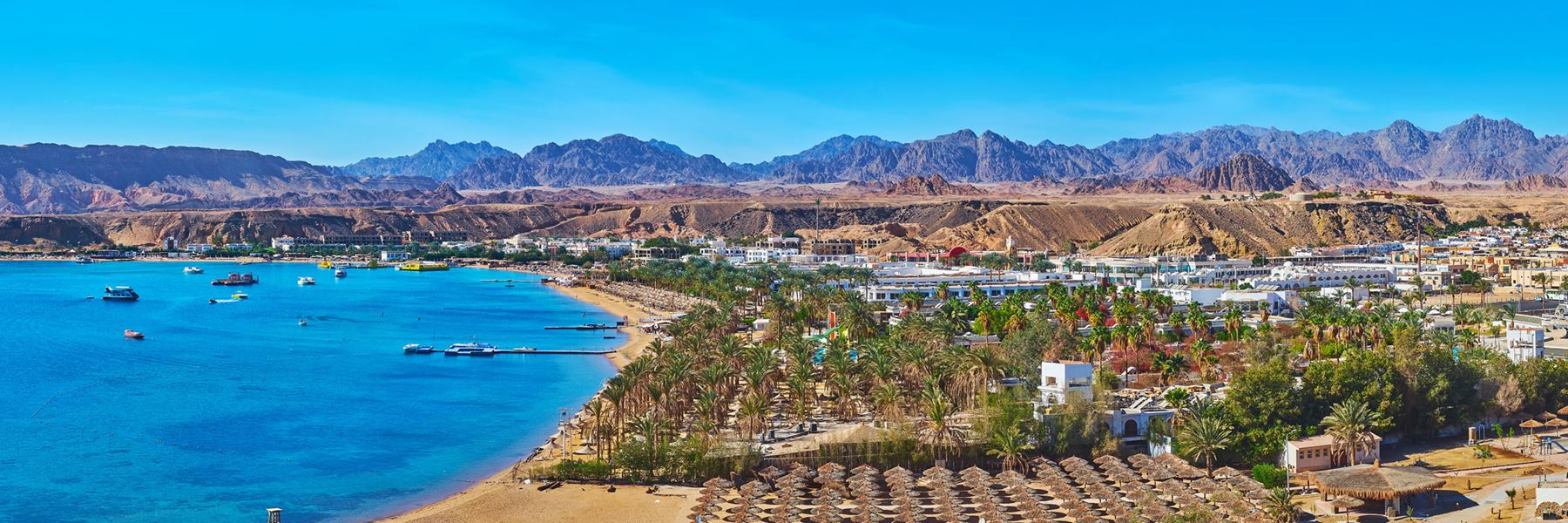The growing stability in Egypt and the recent government campaigns to boost tourism movement in Egypt revived both the hotel and tourism sectors, according to the United Nations World Tourism Organization (UNWTO).
It added in its report on the tourism movement in the first quarter (Q1) of 2019 that the Egyptian government exerted considerable efforts to enhance the tourism sector and to attract visitors from Asia and Latin America, which are considered high-spending markets.
In November, the Egyptian ministry of tourism launched a structural reform programme which included different pillars, such as institutional and legislative reforms, promotion, and marketing activities, infrastructural and tourism development, and a global trends programme.
The tourism sector in Egypt suffered a downturn since the 2011 revolution, and the sector in Egypt suffered a devastating blow, especially when a Russian passenger plane crashed over Sinai in late October 2015 and all its passengers were killed.
Following the plane crash, Russia imposed a travel ban on Egypt, while the UK suspended all flights to Sharm El-Sheikh amid concerns over the airport’s security measures, banning travel to Sinai.
Since 2018 the sector began to recover, as Egypt is a country strategically located on both the Mediterranean and Red seas, with incredible gorgeous sandy beaches, astonishing landscapes, a warm winter climate, and, undoubtedly the world’s largest collection of historical sites, temples, pyramids, and artefacts.
In that respect, the report disclosed that Egypt’s tourism achieved an increasingly strong recovery in 2018, with a growth rate of 49%.
Meanwhile, the UNWTO noted that Africa’s key performance measures in Q1 of 2019 have increased, but with clear differences between the countries of North Africa, including Egypt, which showed robust growth across all metrics.
“Africa recorded a 4% rise in February in the number of hotels under construction, and an 82% increase in hotels in the final planning phase,” according to the report.
Concerning growth rates, the report disclosed that the Middle East region continued to grow in Q1 of 2019 with growth rate of 8%, followed by Asia with 6% growth.
Then came Europe and Africa in third place in terms of the growth rates with 4%, followed by the Americas with 3%.




